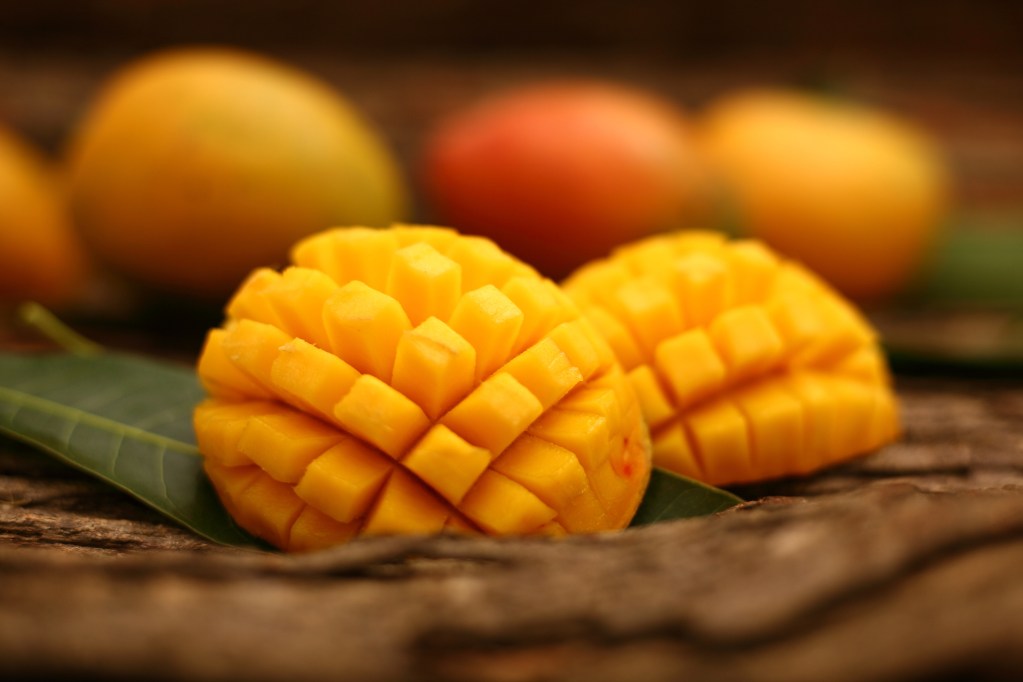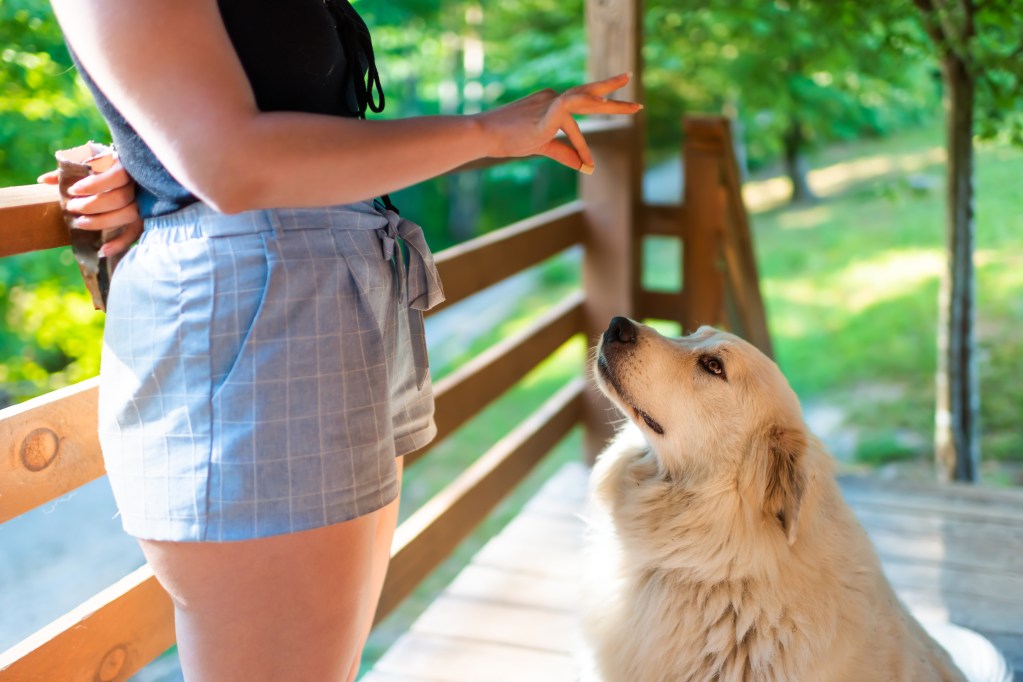When most dogs find a treat they like, it’s gone in seconds. (Hey, we can’t exactly blame them for it.) Chewing? What’s that? Every dog knows that a well-loved food must be inhaled, not savored — well, every dog except for Kora, that is.
This Great Pyrenees lived up to the majestic origins of the breed — it was adopted as the royal dog of France in the 17th century — when she got her first taste of mango and had a much more subdued reaction than you might expect.
This viral TikTok recently resurfaced on Reddit and both Redditors and TikTokers had similar reactions to Kora’s response — simply put, this pup is adorable.
@wackdog Kora takes on the world of fruit. Today she tries MANGO ? #dogs #dog #dogsoftiktok #fyp #pet #cute #petlover #doggo #doglover #puppy
Redditor Brilhasti1 noted, “Never known a dog to taste” and that they usually “just swallow” a sentiment that was echoed by a TikTok user who said, “I have never seen a dog actually taste its food! They usually gulp it down!”
Others likened Kora’s lip-smacking, chewing, and licking to that of a wine drinker at a high-end tasting. One TikToker explained, “She was a sommelier in her past life!”
Redditor Prckle joked, “Sounds like that mango would go well with some fava beans and a nice Chianti.”
(If you’re worried that the other dogs in the video didn’t get a treat, don’t be. Kora’s pet parent assured commenters that they also got some mango — but their reactions just weren’t TikTok-worthy.)
As one TikToker put it, Kora’s reaction essentially amounts to, “I think it’s good mom, but let me check my tastebuds then tell you.” Her pet parent, @wackdog, noted that she only does this with foods she really likes. (Of course, judging by their account, Kora likes a lot of foods.)

Can dogs eat mangoes?
It’s clear that Kora loves mango, but do mangoes love her back? If you’re wondering if mangoes are good for dogs, rest assured — they definitely are. @wackdog notes on their profile that they’re a veterinarian, so this treat is vet-approved.
There are several health benefits of mangoes for dogs:
- Fiber: A mango can have up to five grams of dietary fiber, which is especially helpful if your pup has any digestive issues.
- Vitamins: Mangoes offer an abundance of necessary vitamins, such as A, B6, C, E, and K.
- Hydration: Mangoes are mostly made of water, which makes them an extra-hydrating boost on a hot summer day.
While there are many health benefits of mangoes for dogs, you’ll want to be sure to remove the skin and pit first. Not only are they choking hazards, but the pit does contain a small amount of cyanide, which is toxic to dogs. You’ll also want to avoid dried mangoes, since drying fruit can increase the sugar content and pose a choking hazard (while also lessening its nutritional value).

How many mangoes should your dog eat?
Like most treats, mangoes should be fed to dogs sparingly and should never replace any part of a well-balanced diet. A good rule of thumb with any treat is that special snacks should only account for 10% of a dog’s diet. When feeding mango to dogs, be sure to cut the fruit into small pieces. You can also serve them frozen (a fantastic idea for a summer treat).
Fruits are high in natural sugars, which means too much of a good thing is bad for your pup. (Unlike humans, dogs aren’t equipped to process so much sugar so too many sweets can lead to digestive issues.) Another concern when consuming sweets is dental decay, which can lead to further issues for dogs.
Mangoes are also high in fiber (which, yes, we also listed as a good thing). However, too much fiber can lead to digestive issues (this shouldn’t be a problem if you practice moderation with your pup).
If you’re worried about introducing new food to your dog, consult your veterinarian.
While your dog might not have as sophisticated a reaction to mangoes as Kora did, you can rest assured that it will likely be a beloved snack and can easily become part of a nutritious diet for your pet.


